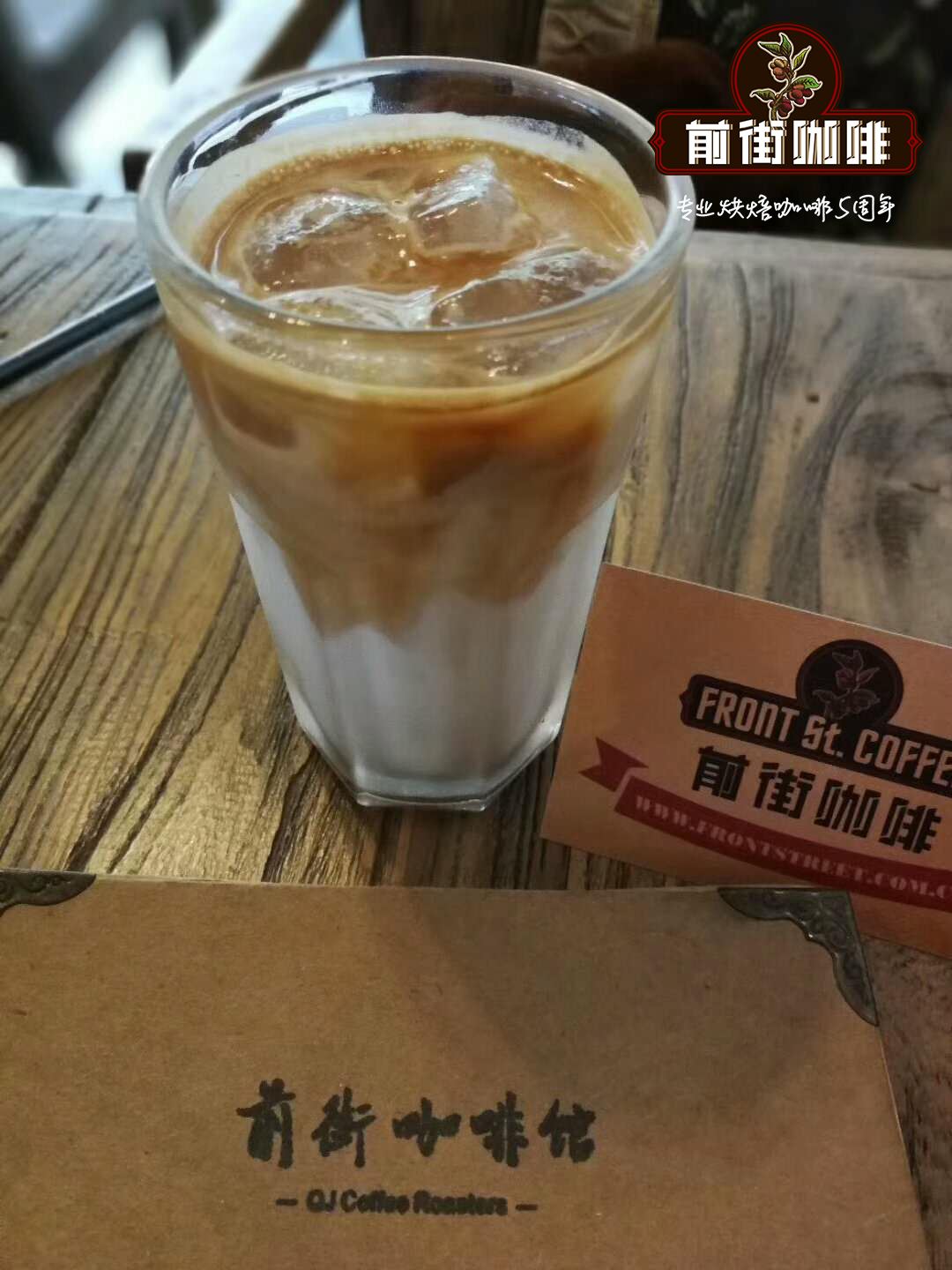What's the difference between American coffee and Italian coffee? Espresso and American coffee

Professional coffee knowledge exchange more coffee bean information please follow the coffee workshop (Wechat official account cafe_style)
For both coffee lovers and coffee practitioners, the famous name of espresso is the most common way of coffee extraction we deal with every day (although many people still can't accept its temper).
Learn more about Espresso (espresso) and you will find that it is not only a very challenging drink, but also a lot of "brothers", including: Ristretto, Lungo, Doppio, Americano …
Espresso
As the essence of Italian coffee, 18-20g coffee powder is used with water with a temperature of about 90-92 ℃, and the coffee liquid about 40--60ml is extracted in 20-30s at 9 atmospheric pressures. according to the type of coffee beans, the way of roasting, and the taste of coffee, the specific weight of coffee, the extraction time and the amount of coffee liquid extracted are different. The resulting strong drink is the base of all espresso.
Americano
American coffee originated when American soldiers in Europe mixed hot water into small portions of espresso that were common in Europe during World War II. At that time, when the Americans ended the war in Europe, many troops came to southern Europe. They could not drink Espresso, so they diluted it with lukewarm water. Americans generally make coffee casually and simply, and this method quickly became popular with the popularity of American chain stores in the world.
It is well known that the composition of American coffee is water + concentrate, and the released concentration can help us taste the flavor of coffee, while for espresso, it takes a long time to identify the superimposed flavor.
Ristretto
Ristretto can be remembered as the younger brother of "Espresso". In fact, it only extracts the front part of standard espresso. The coffee powder and grinding degree used can refer to the practice of standard espresso, but the extraction time is about 15-20 seconds, which means that the capacity of this cup of espresso you get will be less than that of standard espresso. Ristretto is more full-bodied and mellow than Espresso, and the aftertaste will be more explosive.
Lungo
Lungo means "Long" in Italian and can be simply remembered as the brother of "Espresso". This is a kind of espresso after being stretched for a long time.
After lengthening the extraction time, in order to prevent excessive extraction, it is necessary to speed up the flow of water, so the grinding degree of the bean grinder is usually adjusted to thicker, usually the extraction time of Lungo will be more than 30 seconds, the amount of extraction liquid will reach nearly 60ml, and more soluble substances in coffee powder will be extracted. So, according to coffee technical terms, this is a "low concentration and high extraction rate" (compared to the standard espresso) drink.
Doppio
Doppio means double "double" in Italian, meaning double espresso, which is what we often call "double espresso".
A cup of espresso can make five drinks with completely different tastes, but this is just the beginning. You can try different combinations of beans, single beans, roasting degrees, and then add milk, syrup, ice cubes, and even alcohol. After you have made all kinds of attempts, I believe you will also be deeply attracted by the charm of coffee.
The [boutique mix] of Qianjie coffee is very good for both espresso and American coffee, with bright but soft acidity, charming chocolate nut flavor in the middle and long-lasting taste at the end.
Important Notice :
前街咖啡 FrontStreet Coffee has moved to new addredd:
FrontStreet Coffee Address: 315,Donghua East Road,GuangZhou
Tel:020 38364473
- Prev

How do you like American coffee? What's the difference between American coffee and espresso?
Professional coffee knowledge exchange more coffee bean information Please follow the coffee workshop (Wechat official account cafe_style) often see espresso and American coffee on the menu, but what is the difference between espresso and American coffee? Next, Qianjie Coffee will introduce the difference between Italian coffee and American coffee. The main method of making espresso.
- Next

Which tastes better, espresso or American coffee? What is the relationship and difference between American black coffee and Italian coffee?
Professional coffee knowledge exchange more coffee bean information Please follow the coffee workshop (Wechat official account cafe_style) often see espresso and American coffee, but what's the difference between them? Espresso espresso Espresso is called espresso or espresso
Related
- Beginners will see the "Coffee pull flower" guide!
- What is the difference between ice blog purified milk and ordinary milk coffee?
- Why is the Philippines the largest producer of crops in Liberia?
- For coffee extraction, should the fine powder be retained?
- How does extracted espresso fill pressed powder? How much strength does it take to press the powder?
- How to make jasmine cold extract coffee? Is the jasmine + latte good?
- Will this little toy really make the coffee taste better? How does Lily Drip affect coffee extraction?
- Will the action of slapping the filter cup also affect coffee extraction?
- What's the difference between powder-to-water ratio and powder-to-liquid ratio?
- What is the Ethiopian local species? What does it have to do with Heirloom native species?

